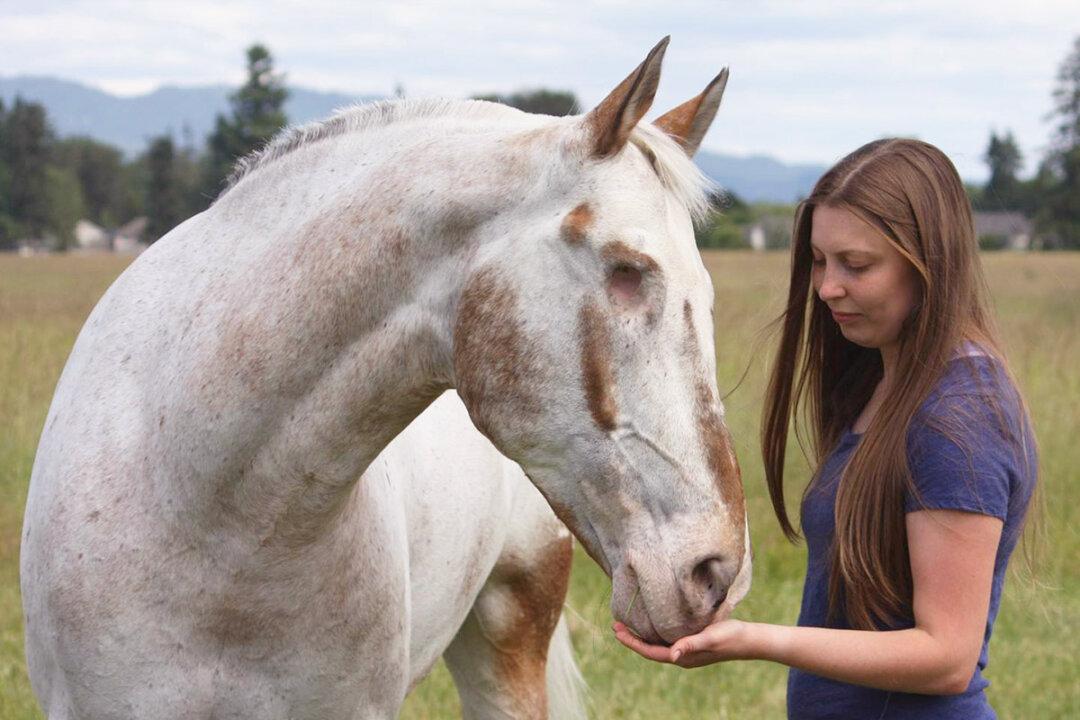An Indian nature photographer has captured the breathtaking Indian paradise flycatcher in a series of uncanny close-up shots, showcasing the distinctive-looking bird in all its glory through the lens of an expert.
Originally from Cuttack, Odisha, award-winning photographer Gyana Mohanty now works out of Navi in Mumbai. His passion for wildlife photography is dominated by birds.
“The Indian paradise flycatcher is one of my favorite birds and I love to capture them, day in and day out,” Mohanty, 39, told The Epoch Times.

“In Raigad, there is a village called Kalhe with small water bodies where you can easily spot these beauties,” he explained. “One winter morning, I went with my Nikon gear to capture these beauties during sunrise, when the activity is at its peak, and I was very fortunate to notice two males on the same day.”
The male flycatchers were diving into the water to shower “in front of everyone,” Mohanty marveled. With camera in hand, he snapped a stunning sequence of the little birds perching, diving, and in flight, their signature blue-black crests and long, ribbon-like tails on full display.

“As the village is adjacent to a forest, the probability of capturing an Indian paradise flycatcher is very high,” Mohanty went on. “That day, we reached the place early in the morning and covered ourselves with camouflaged hides ... after an hour or two, we managed to see these beauties diving into the small water bodies.
“Apart from the long tail, I love the black crown and crest on their head,” he shared.

Beside male flycatchers, Mohanty counted females of the same species, black-naped monarchs, orange-headed thrush, rosefinches, and scaly-breasted munias among his bird sightings that day.
The Indian paradise flycatcher is native to Asia and found almost everywhere in India; Mohanty said they are more active during winter. The medium-sized bird gets its name from its dietary preference for flying insects.

From the vantage point of doing what he loves, his advice to others is pure and simple: “Always chase your dreams.”











